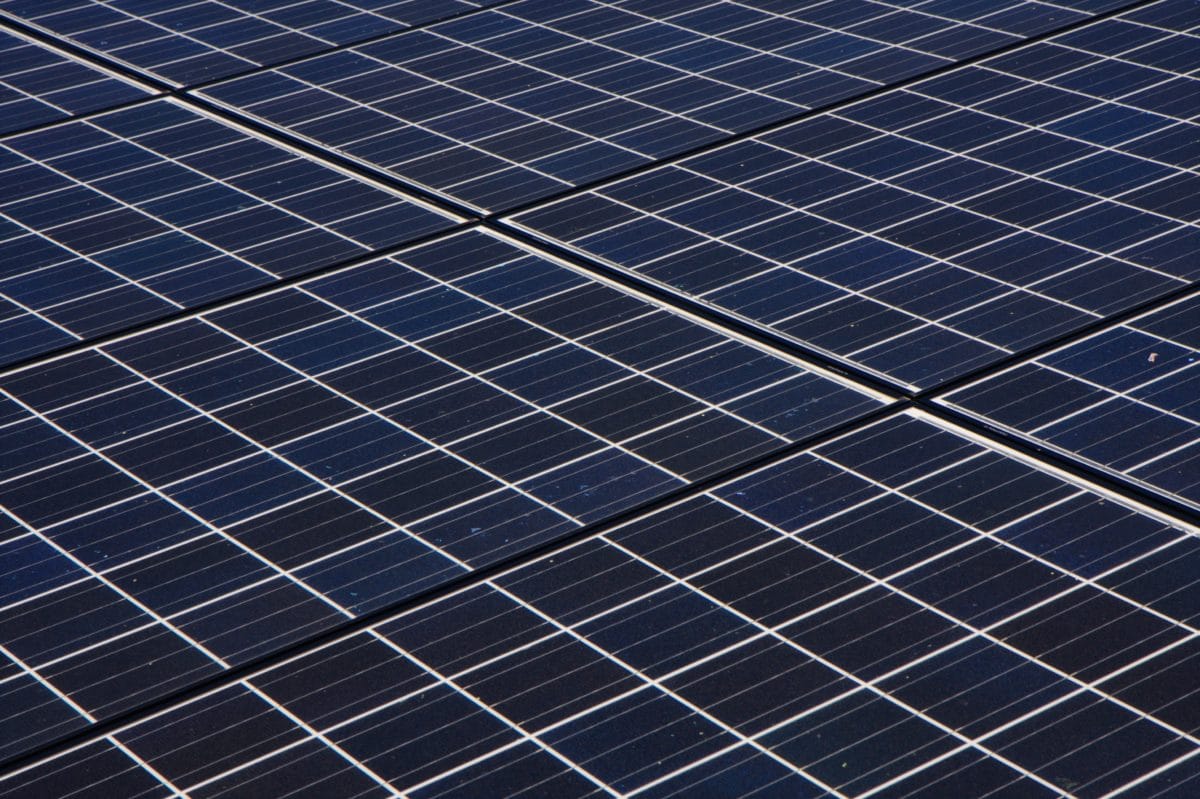Researchers from Pakistan's Ghulam Ishaq Khan Institute of Engineering Sciences and Technology have created an online algorithm to measure open-circuit voltage in PV systems that is claimed to be able to estimate voltage, current and temperature of a PV system without interrupting the power flow to load.
Described in the study Performance evaluation of online open-circuit voltage estimation method for photovoltaic system, published in SN Applied Sciences, the new technique is also said to provide higher accuracy than the two temperature sensor method, which is one of the most common temperature sensing techniques in PV modules. This consists of applying two sensors on a panel to measure its ambient temperature and the cells' temperature, respectively. “This method accurately estimates the open-circuit voltage in variable irradiance condition,” the scientists said. “However, this method does not perform well in variable temperature conditions.”
The proposed technique and the two temperature sensor method were both tested on a 245 W PV panel from Chinese manufacturer Yingli (Yingli YL245C-30b) under variable environmental conditions. Through the former, open-circuit voltage is calculated without isolating the module and the single diode model of the panel is used for the estimation. The panel is also interfaced with load through a boost converter and three sensors are used for the measurement of the voltage, current and temperature. “All the sensors are interfaced with micro-controller Arduino UNO which gives the short-circuit voltage value,” the academics specified.
Popular content
The test showed that the overall average calculated error for the three-sensor online method is 0.087% and that it performed well under different conditions. “The average calculated error of the online and two temperature sensor method for the complete duration is 2.65% and 14.85%, respectively,” they stated. “Thus, it is verified from the practical results that the accuracy of the online method is significantly higher than the two temperature sensor method.”
This content is protected by copyright and may not be reused. If you want to cooperate with us and would like to reuse some of our content, please contact: editors@pv-magazine.com.



1 comment
By submitting this form you agree to pv magazine using your data for the purposes of publishing your comment.
Your personal data will only be disclosed or otherwise transmitted to third parties for the purposes of spam filtering or if this is necessary for technical maintenance of the website. Any other transfer to third parties will not take place unless this is justified on the basis of applicable data protection regulations or if pv magazine is legally obliged to do so.
You may revoke this consent at any time with effect for the future, in which case your personal data will be deleted immediately. Otherwise, your data will be deleted if pv magazine has processed your request or the purpose of data storage is fulfilled.
Further information on data privacy can be found in our Data Protection Policy.